-
 Bitcoin
Bitcoin $115000
0.12% -
 Ethereum
Ethereum $3701
4.50% -
 XRP
XRP $3.081
2.99% -
 Tether USDt
Tether USDt $0.0000
-0.01% -
 BNB
BNB $767.9
1.45% -
 Solana
Solana $169.5
3.13% -
 USDC
USDC $0.9999
0.01% -
 Dogecoin
Dogecoin $0.2106
4.30% -
 TRON
TRON $0.3334
1.62% -
 Cardano
Cardano $0.7564
2.54% -
 Stellar
Stellar $0.4165
0.76% -
 Hyperliquid
Hyperliquid $38.75
0.25% -
 Sui
Sui $3.593
3.00% -
 Chainlink
Chainlink $17.08
3.59% -
 Bitcoin Cash
Bitcoin Cash $573.6
4.35% -
 Hedera
Hedera $0.2508
-0.84% -
 Avalanche
Avalanche $23.07
6.46% -
 Ethena USDe
Ethena USDe $1.001
-0.02% -
 Litecoin
Litecoin $120.8
8.17% -
 UNUS SED LEO
UNUS SED LEO $8.943
-0.32% -
 Toncoin
Toncoin $3.400
-5.60% -
 Shiba Inu
Shiba Inu $0.00001255
1.54% -
 Uniswap
Uniswap $9.908
6.32% -
 Polkadot
Polkadot $3.718
2.10% -
 Monero
Monero $303.0
-0.74% -
 Dai
Dai $0.9999
-0.02% -
 Bitget Token
Bitget Token $4.392
0.91% -
 Cronos
Cronos $0.1403
6.31% -
 Pepe
Pepe $0.00001076
1.13% -
 Aave
Aave $267.2
1.80%
Is Gelato worth buying?
With a decentralized task automation platform and a native utility token (GEL), Gelato Network offers developers a cost-effective, flexible way to automate tasks and execute smart contracts across multiple blockchains.
Jan 02, 2025 at 04:01 pm
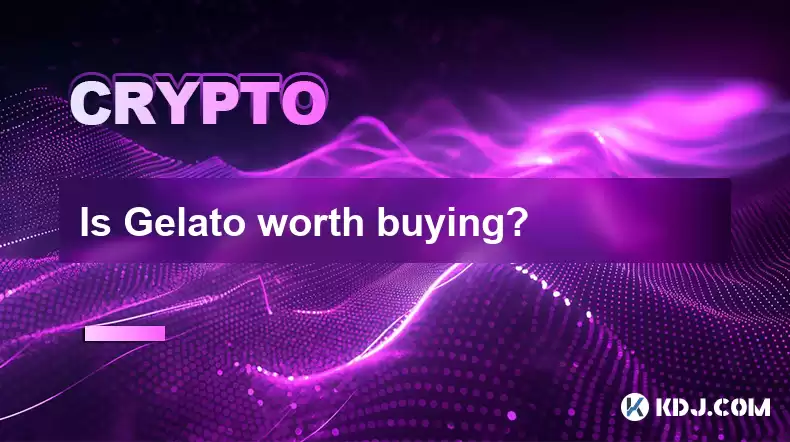
Key Points:
- Gelato Network's core features and value proposition
- An in-depth analysis of its tokenomics and potential investment value
- A review of its competitors and their strengths and weaknesses
- Key factors to consider before investing in GEL
- Pros, cons, and risks associated with investing in Gelato Network
Is Gelato Network Worth Buying?
Gelato Network: An In-Depth Analysis
Gelato Network is a decentralized network that enables developers to automate tasks and execute smart contracts on multiple blockchains. Its core feature is a decentralized task automation platform that allows anyone to create, submit, and manage automation tasks, known as "jobs." These jobs can perform various actions, such as triggering transactions, swapping tokens, or collecting data, and can be executed on multiple blockchains, including Ethereum, Polygon, Binance Smart Chain, and Avalanche.
1. Value Proposition and Core Features:
- Decentralized Automation: Gelato Network is a decentralized platform that uses a distributed network of nodes to execute tasks. This ensures reliability, as jobs are not reliant on a single centralized server.
- Multi-Chain Compatibility: Gelato Network supports multiple blockchains, allowing developers to automate tasks across different chains seamlessly.
- Cost-Effective Execution: Gelato Network uses a "gas optimization" algorithm to ensure that tasks are executed with minimum gas fees, reducing the overall cost of automation.
- Flexible Task Scheduling: Users can set specific execution times and conditions for tasks, providing flexibility and customization in automation.
- Native Token (GEL): The platform has its native utility token, GEL, which is used for paying transaction fees, participating in governance, and staking to provide liquidity for task execution.
2. Tokenomics and Investment Value:
GEL has a maximum supply of 100 million tokens. It has a dual-token model, where both GEL and G-UNI tokens are used within the network:
- GEL: Used for paying transaction fees and participating in governance.
- G-UNI: Represents staked GEL and earns rewards from task execution fees.
The tokenomics of Gelato Network are designed to incentivize participation, reward node operators, and provide governance rights to GEL holders. The value of GEL is determined by the demand for automation services, the adoption of the network, and the overall growth of the decentralized finance (DeFi) ecosystem.
- Demand for Automation Services: The increasing complexity of DeFi protocols and the need for efficient task automation drive the demand for Gelato Network's services.
- Network Adoption: The number of developers and projects using Gelato Network's platform for task automation directly impacts the utilization and value of GEL.
- DeFi Ecosystem Growth: The expansion and adoption of DeFi applications and protocols create a larger market for task automation services, boosting the demand for Gelato Network and its token.
3. Competitive Landscape:
Gelato Network has several competitors in the task automation space, including:
- Chainlink: A decentralized oracle network that also offers task automation capabilities.
- Honeycomb: A task automation platform specifically designed for Solana-based applications.
- Moralis: A blockchain development platform that includes task automation as part of its suite of services.
Each platform has its unique strengths and weaknesses. Gelato Network's cross-chain compatibility, cost optimization, and focus on developer-centric tools set it apart from the competition.
Key Considerations Before Investing
- Technical Expertise: Gelato Network is a complex protocol that requires a certain level of technical understanding for successful integration and utilization.
- Market Demand: The demand for task automation services is driven by the broader adoption of DeFi. Monitor the growth of the DeFi ecosystem to assess the potential market for Gelato Network.
- Competition: While Gelato Network is a leading player in task automation, it faces competition from established platforms like Chainlink. Stay updated on competitive developments.
- Regulatory Landscape: The regulatory environment around DeFi and task automation is evolving. Keep track of any regulatory changes that may impact Gelato Network.
- Liquidity and Trading Volume: Consider the liquidity and trading volume of GEL on exchanges to ensure that you can easily enter and exit your position when
Disclaimer:info@kdj.com
The information provided is not trading advice. kdj.com does not assume any responsibility for any investments made based on the information provided in this article. Cryptocurrencies are highly volatile and it is highly recommended that you invest with caution after thorough research!
If you believe that the content used on this website infringes your copyright, please contact us immediately (info@kdj.com) and we will delete it promptly.
- Velo Universe, DEX, and DeFi Security: Navigating the Future of Decentralized Trading
- 2025-08-05 09:25:13
- Bitget Wallet Revolutionizes Solana with Gas-Free Transactions: A New Era for DeFi
- 2025-08-05 09:25:13
- Ozak AI, Crypto Boom, and ROI Potential: Is This the Next Big Thing?
- 2025-08-05 09:25:24
- Solana's ETF Hopes & the All-Time High Chase: Is SOL Set to Soar?
- 2025-08-05 09:25:24
- Coinbase's Brian Armstrong and the Art of Focused Work: A Deep Dive
- 2025-08-05 09:25:30
- Uniswap Price Prediction: Bullish Reversal on the Horizon?
- 2025-08-05 09:25:30
Related knowledge
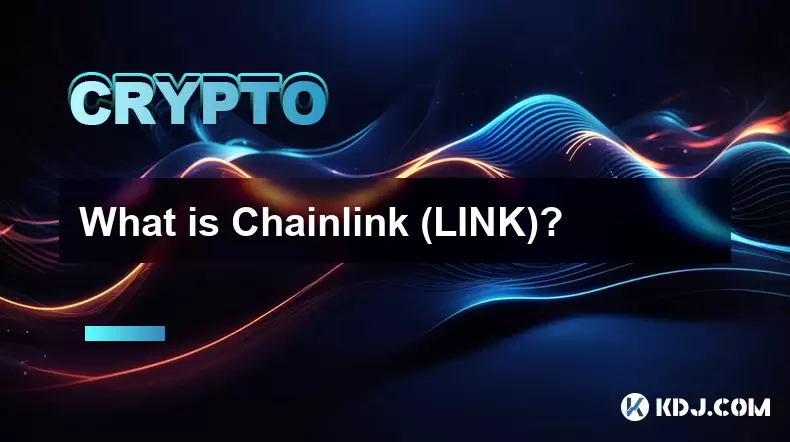
What is Chainlink (LINK)?
Jul 22,2025 at 02:14am
Understanding Chainlink (LINK): The Decentralized Oracle NetworkChainlink is a decentralized oracle network designed to bridge the gap between blockch...
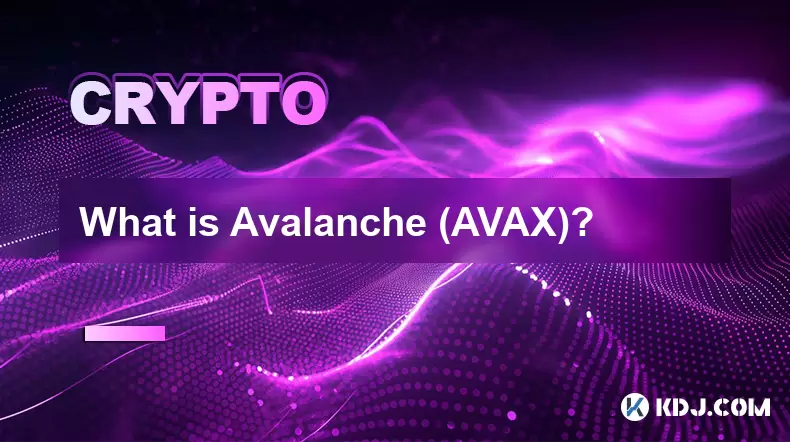
What is Avalanche (AVAX)?
Jul 22,2025 at 08:35am
What is Avalanche (AVAX)?Avalanche (AVAX) is a decentralized, open-source blockchain platform designed to support high-performance decentralized appli...
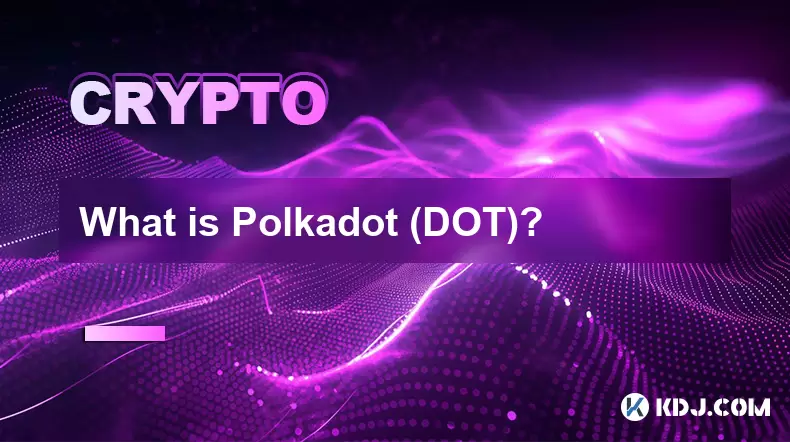
What is Polkadot (DOT)?
Jul 19,2025 at 06:35pm
Understanding the Basics of Polkadot (DOT)Polkadot (DOT) is a multi-chain network protocol designed to enable different blockchains to transfer messag...
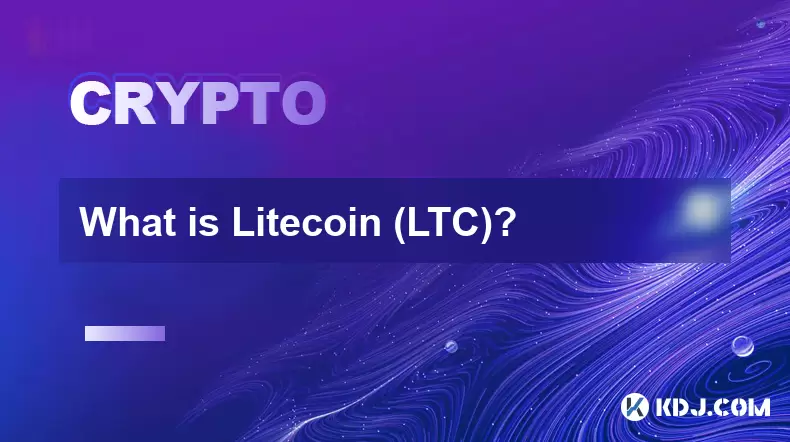
What is Litecoin (LTC)?
Jul 23,2025 at 11:35am
Overview of Litecoin (LTC)Litecoin (LTC) is a peer-to-peer cryptocurrency that was created in 2011 by Charlie Lee, a former Google engineer. It is oft...
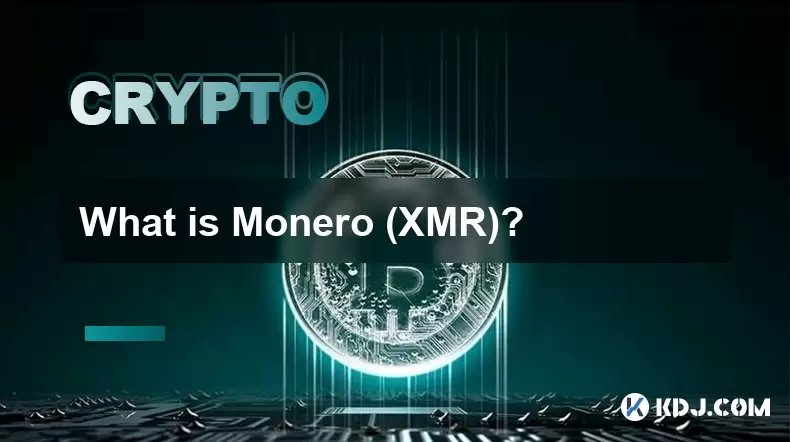
What is Monero (XMR)?
Jul 21,2025 at 10:07am
What is Monero (XMR)?Monero (XMR) is a decentralized cryptocurrency designed to provide enhanced privacy and anonymity for its users. Unlike Bitcoin a...
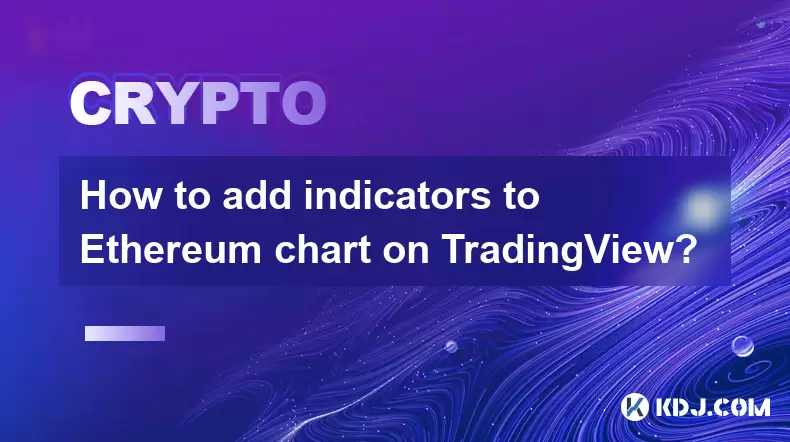
How to add indicators to Ethereum chart on TradingView?
Jul 19,2025 at 07:15am
What Is an Ethereum Chart on TradingView?The Ethereum chart on TradingView is a visual representation of the price movement of Ethereum (ETH) over a s...

What is Chainlink (LINK)?
Jul 22,2025 at 02:14am
Understanding Chainlink (LINK): The Decentralized Oracle NetworkChainlink is a decentralized oracle network designed to bridge the gap between blockch...

What is Avalanche (AVAX)?
Jul 22,2025 at 08:35am
What is Avalanche (AVAX)?Avalanche (AVAX) is a decentralized, open-source blockchain platform designed to support high-performance decentralized appli...

What is Polkadot (DOT)?
Jul 19,2025 at 06:35pm
Understanding the Basics of Polkadot (DOT)Polkadot (DOT) is a multi-chain network protocol designed to enable different blockchains to transfer messag...

What is Litecoin (LTC)?
Jul 23,2025 at 11:35am
Overview of Litecoin (LTC)Litecoin (LTC) is a peer-to-peer cryptocurrency that was created in 2011 by Charlie Lee, a former Google engineer. It is oft...

What is Monero (XMR)?
Jul 21,2025 at 10:07am
What is Monero (XMR)?Monero (XMR) is a decentralized cryptocurrency designed to provide enhanced privacy and anonymity for its users. Unlike Bitcoin a...

How to add indicators to Ethereum chart on TradingView?
Jul 19,2025 at 07:15am
What Is an Ethereum Chart on TradingView?The Ethereum chart on TradingView is a visual representation of the price movement of Ethereum (ETH) over a s...
See all articles

























































































